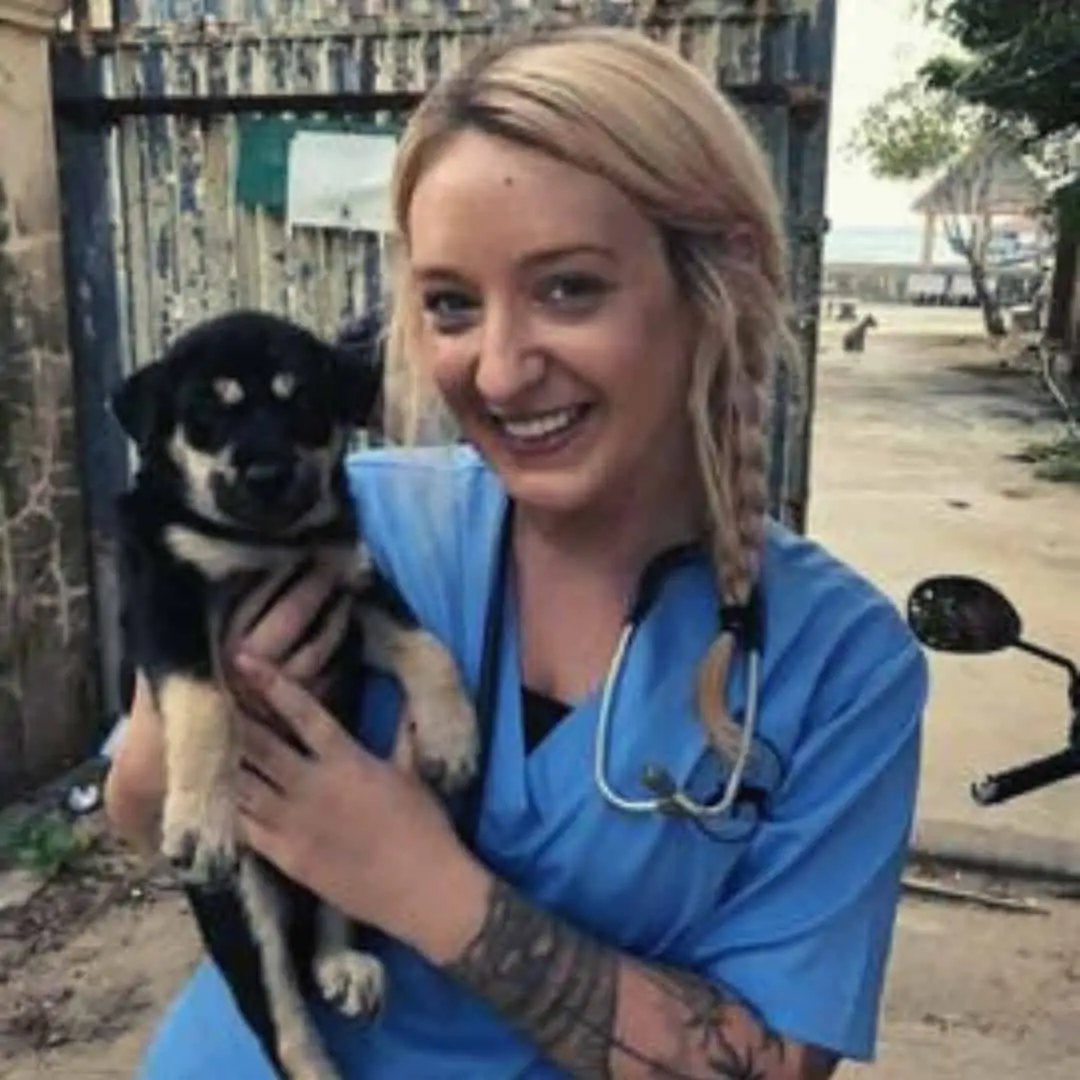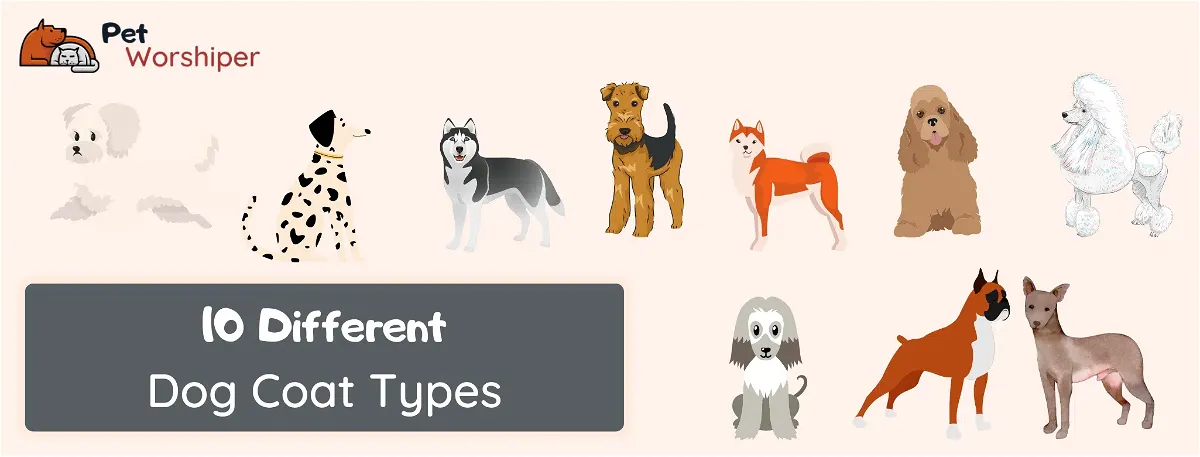
There are nearly 340 dog breeds with different external and internal characteristics. An essential difference between two dogs, for example, is size or personality, but the type of coat or coat is also a factor.
Each coat type has a different length, texture, or density. Not to mention shedding, which can vary from breed to breed.
If you want a new dog for your home, you may want to know its grooming needs. Some breeds absolutely do not require brushing, but there are dogs for whom this activity is mandatory, even on a daily basis.
With my years of experience in the field, I decided to create a comprehensive guide that will help you understand the types of dog coats. You will also get some helpful information, such as the difference between hair and fur.
What are the ten dog coat types?
Below you can find the most common fur types of dogs. I will also give you some specific examples of breeds for each category.
1. Long coat
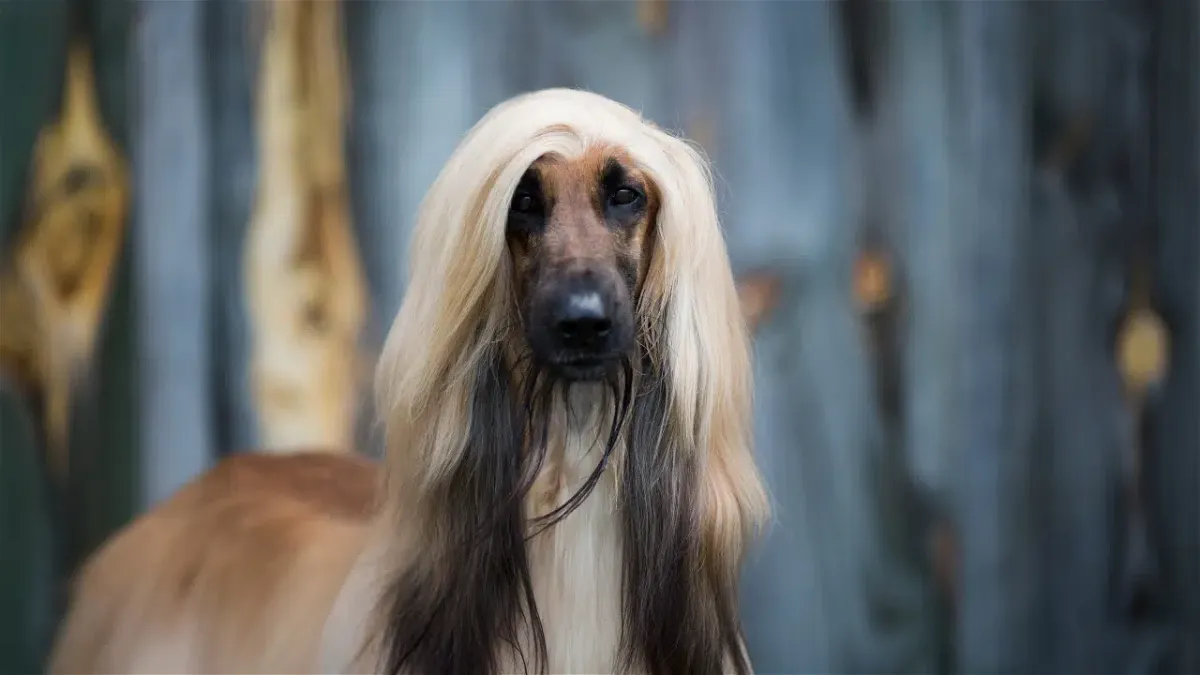
Longer coats are beautiful but require quite a lot of maintenance. These dogs are prone to tangles and mats, which is why you need to brush them regularly.
If you are not prepared to spend time grooming your dog every day (or at least a few times a week), this type is probably not for you.
However, long coat dogs shed less than most other types. You will need to do it every few months or as recommended by your groomer in terms of clipping.
Long hair retains heat perfectly, which is very handy for dogs like this in the winter.
However, this can be a severe problem in the summer and increases the risk of overheating or heatstroke. This is why it is essential to properly groom your dog’s long fur.
Some examples of dogs with a long coat are:
- Afghan Hound
- Bearded Collie
- Lhasa Apso
- Maltese
- Shih Tzu
- Havanese
- Old English Sheepdog
- Saint Bernard
- Yorkshire Terrier
- Silky Terrier
2. Short coat
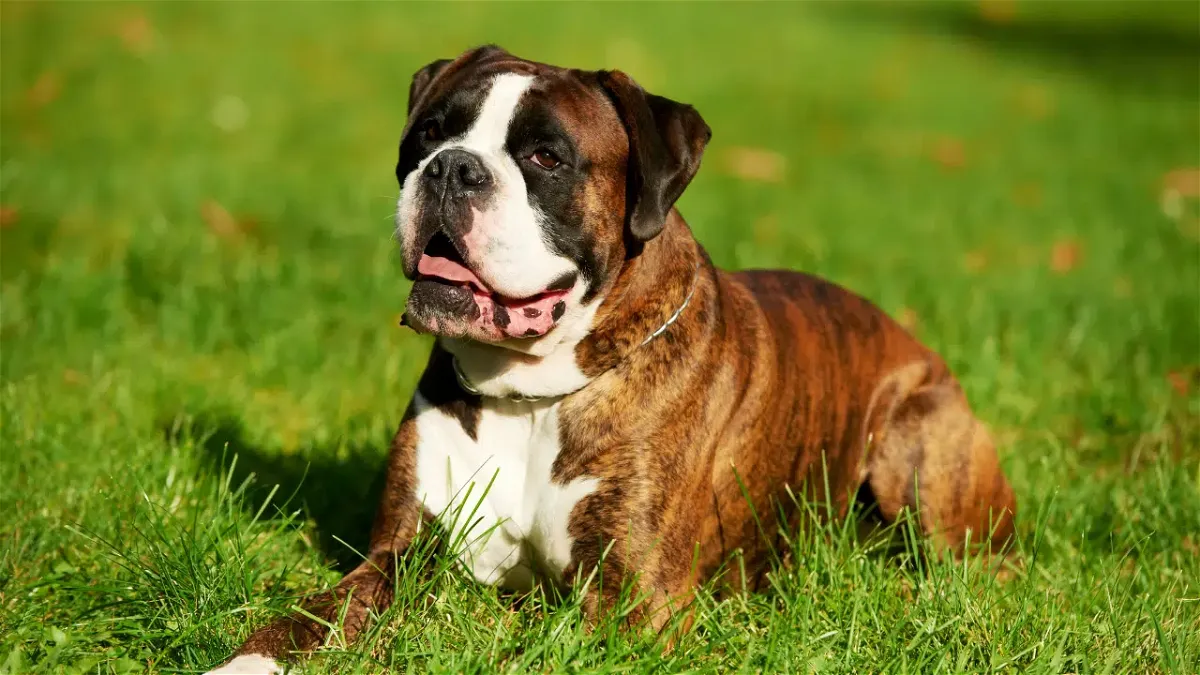
Shorter coats tend to be smooth and shiny. They are easy to groom and don’t require as much work as the long-coated types.
Dogs with a short coat are not prone to tangles and mats, but they do need regular brushing to remove dead hair and distribute natural oils.
Short-coated dogs tend to be heavy shedders, so you may find yourself brushing (and vacuuming) more often than you’d like.
You should be aware that these breeds can get skin diseases more often because of the lack of a thick protective layer.
Some examples of dogs with a short coat are:
- Boxer
- Pitbulls
- Labrador Retriever
- Australian Cattle Dog
- Doberman
- Rottweiler
- Bullmastiff
- Mastiff
- Pug
- Fox Terrier
3. Medium coat
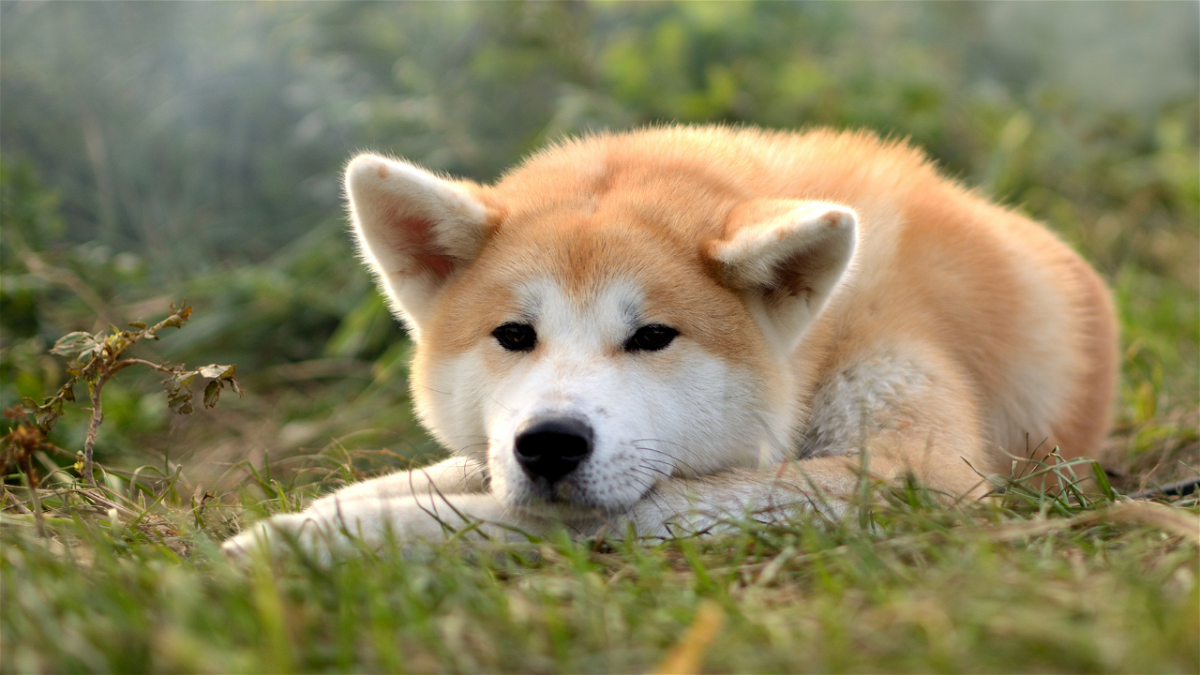
This type of coat is somewhere in between long and short (longer than 1 inch). These dogs don’t require as much grooming as those with long hair, but more than short-coated types.
Medium-coated dogs are not prone to tangles, but they may need some extra attention in the form of brushing to prevent mats and remove dead hair.
These breeds also have moderate shedding rates, so you may find yourself brushing a few times a week.
Some examples of dogs with a medium coat are:
- Akitas
- Huskies
- German Shepherds
- Golden Retrievers
4. Double Coat
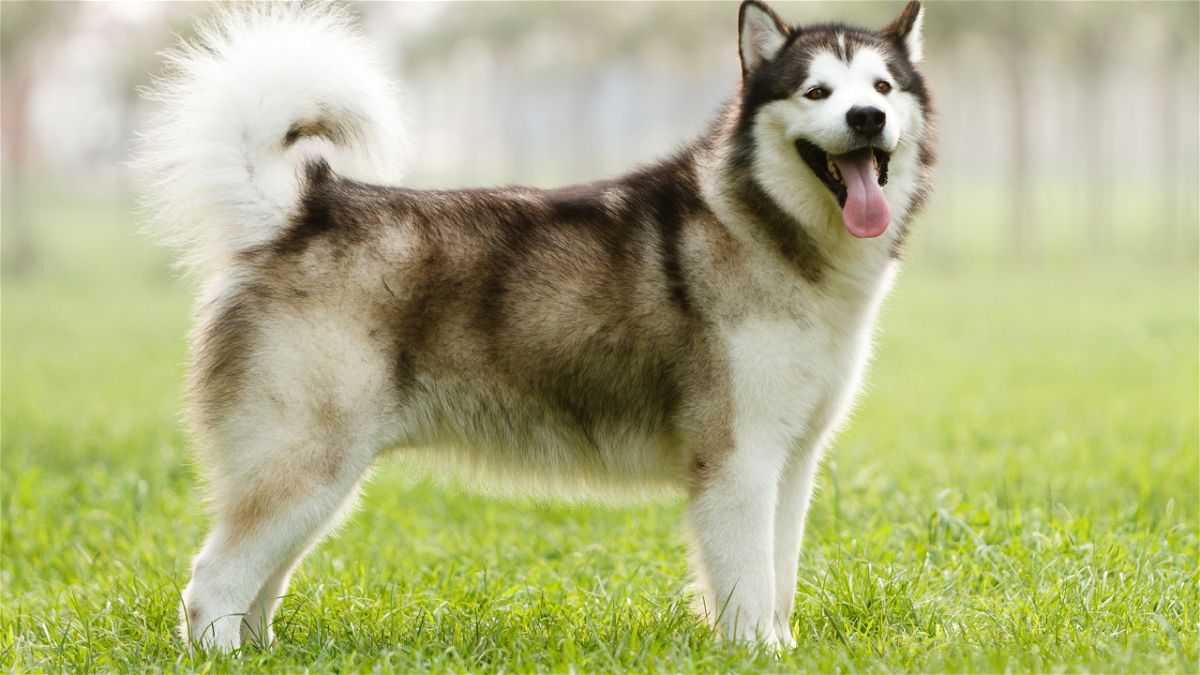
Dogs with a double coat have two layers of fur: an outer coat and an undercoat. The undercoat is soft, dense, and short, while the outer coat is coarse, long, and stiff.
This type of fur helps protect dogs from cold weather and tends to shed based on the actual season (usually twice yearly).
Double-coated dogs require more grooming than other types because both layers need to be brushed regularly. If you don’t brush your dog often enough, the undercoat will become matted, and you will face more hair on your furniture.
You should also be aware that these dogs may shed more during the summer when getting rid of their winter coat.
- Alaskan Malamute
- Golden Retrievers
- Siberian Husky
- Samoyed
- Keeshond
- Bearded Collie
- Old English Sheepdog
- Pomeranian
- Shih Tzu
- Newfoundland
5. Single coat
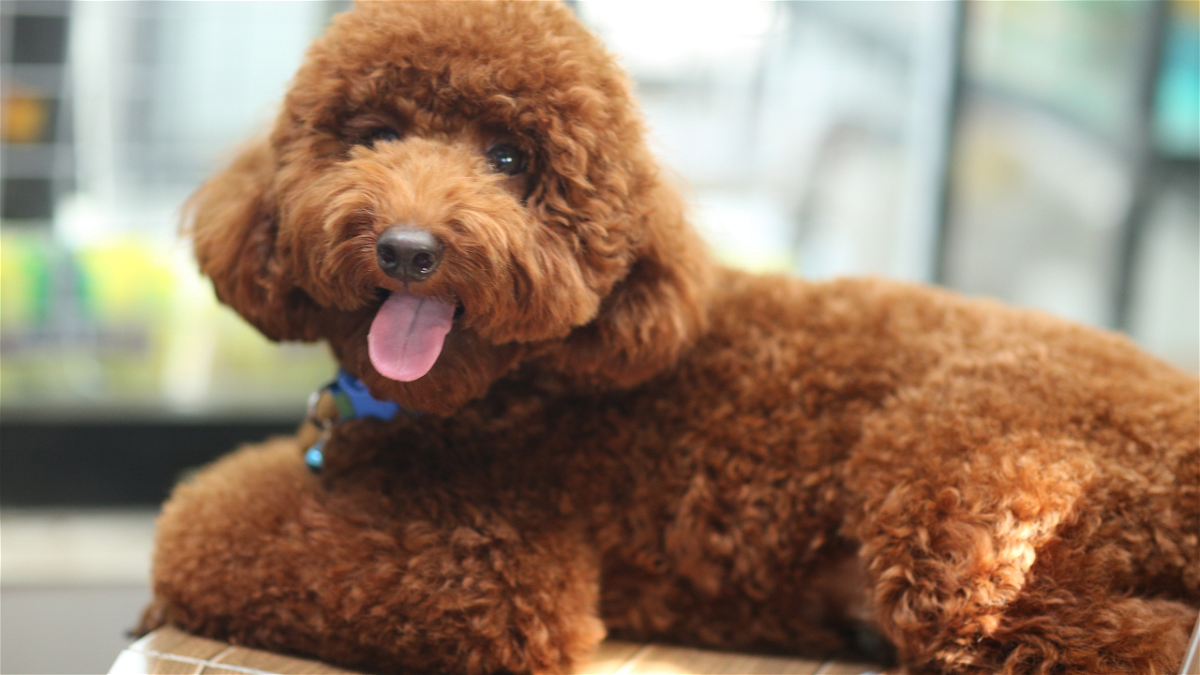
The single coat (like the double coat) got its name from the number of layers in the fur. Due to the lack of an undercoat, these dogs are less tolerant of cold weather.
Also, they are low-shedders, although not fully hypoallergenic.
Several of the types listed in this article may be double or single coats, so these types can’t be separated fully.
Single-coated breeds also need regular combing to prevent tangles and mats. Hair trimming is also necessary for them, so you might want to get a dog grooming clipper if you wish to have such a dog in your home.
(Dog owners, for example, need a high-quality clipper for their Poodles.
Examples of single-coated dog breeds:
- Jack Russell Terrier
- Boston Terrier
- Maltese
- Poodle
- Soft-Coated Wheaten Terrier
- Greyhound
- Whippet
- Afghan Hound
- Yorkshire Terriers
- Dachsunds
6. Wire dog coat
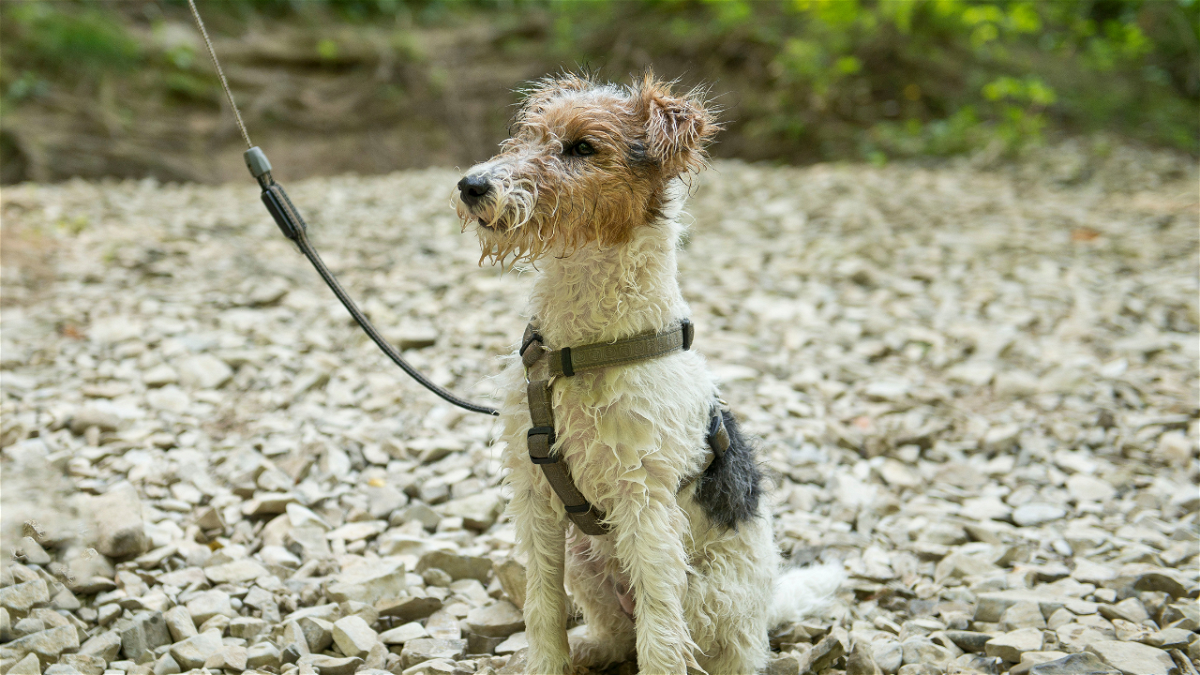
These dog breeds are characterized by their coarse, stiff wire-like fur. The good news is that they don’t shed, but the old hair can remain in their coat, which can lead to hard-to-handle tangles and mats.
That’s why these types of dogs require regular grooming, usually in the form of hand-stripping. This is a process where owners remove the old hair so that the new hair can grow.
This way, the wire coat will become neater, less rough, and softer. Owners should do this procedure every one or two months.
Some examples of dogs with a wire coat are:
- Wire Fox Terrier
- Miniature Schnauzer
- Giant Schnauzer
- Airedale Terrier
- Dandie Dinmont Terrier
- Irish Terrier
- Kerry Blue Terrier
- Lakeland Terrier
- Irish wolfhound
- Scottish Terrier
If you are thinking of getting one of these dogs, be prepared to invest time in their grooming. But the result will be a beautiful, unique coat.
7. Curly coat
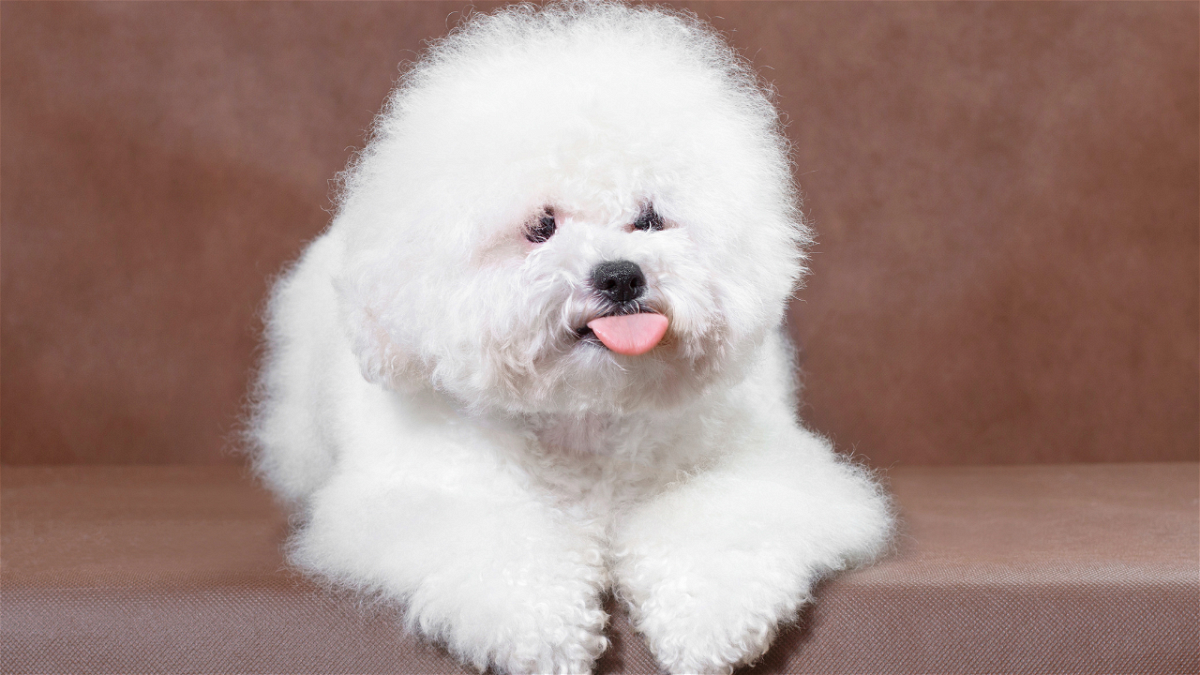
Curly coat dogs have curls in their fur, which can range from loose and wavy to tight and corkscrew-like. The coat may be single or double, with the latter having a softer undercoat.
Curly coated dogs do not shed as much as other types of dogs, but they still require regular grooming to prevent mats and tangles from forming in their fur. Also, these curls attract dirt and debris more easily, so curly-coated dogs may need to be bathed often. You should also use a slicker brush to get rid of knots and forming mats.
While all types of curly coats have different grooming needs, there are some commonalities between them. For example, all curly-coated dogs will benefit from brushing at least once a week. You may also need to use a detangling spray or conditioner to help manage your dog’s coat.
Some examples of dogs with a curly coats are:
- Poodles
- Bichon Frises
- Lagotto Romagnolos
- Bedlington Terrier
- Bolognese
- Pumi
- Barbet
- Kerry Blue Terrier
- Curly Coated Retriever
- Irish Water Spaniel
If you have a curly-coated dog, it is crucial to be aware of the special grooming needs that come with this type of coat. With proper care and grooming, your dog will have a healthy and beautiful coat that will envy all other dog owners!
8. Silky Coat
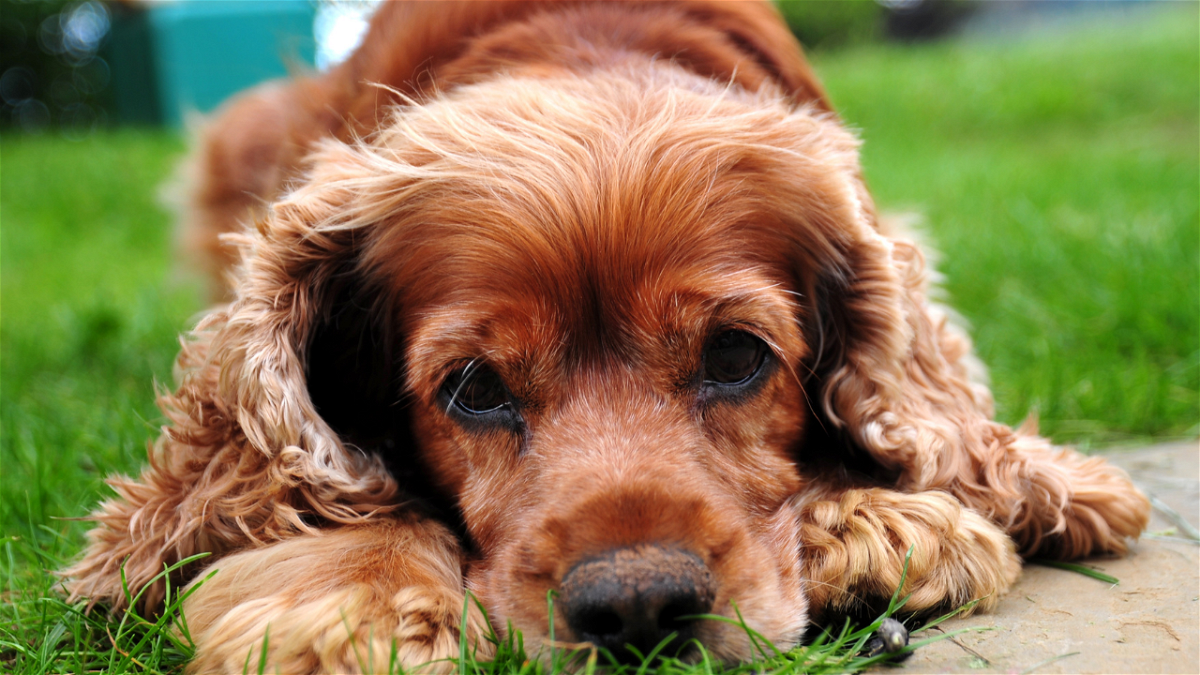
You will definitely recognize dogs with this type of coat: they have long, flowing, and very silky fur. The coat may be wavy or straight and is of medium density. Their hair is short on the face and legs, and long on the body.
Dogs with a silky coat require less grooming than other types of dogs, but they do need to be brushed almost every day to prevent matting. They also tend to shed less than other types of dogs.
The most helpful grooming tools for these breeds are a wide-toothed comb, a slicker brush, and a pin brush.
Some examples of dogs with silky coats are:
- Afghan Hound
- Chinese Crested
- Cocker Spaniel
- Irish Setter
- Silky Terrier
- Yorkshire Terrier
- Gordon Setters
- Border Collie
- Flat Coated Retriever
- Bernese Mountain Dog
If you consider adopting one of these beautiful dogs, be prepared to invest in some good grooming tools and products – and maybe even the occasional professional grooming session. But trust us, it will be worth it!
9. Smooth Coat
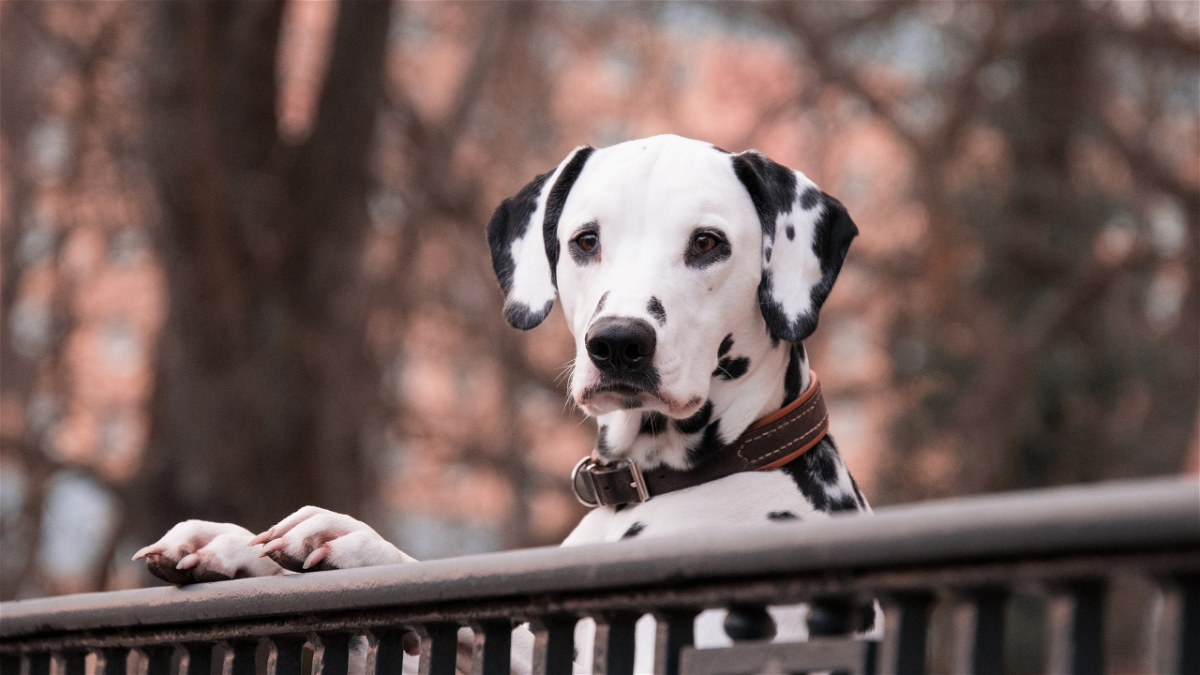
Smooth-coated dogs are characterized by very short hair, making their muscles (or fat reserves) very visible.
Their hair is usually shiny and silky, which is really close to their body. Dogs with other coat types but short hair can also be considered smooth coated.
These dogs have less need for grooming, but regular (a few times a week) brushing and occasional bathing (every few weeks) may be suitable.
Some examples of smooth-coated dogs:
- Dalmatians
- Rough Coated Collie
- Bloodhound
- French Bulldogs
- Great Danes
- Vizsla
- Boxer
- Smooth Fox Terrier
- Dachshund
- Doberman Pinscher
10. Hairless coat
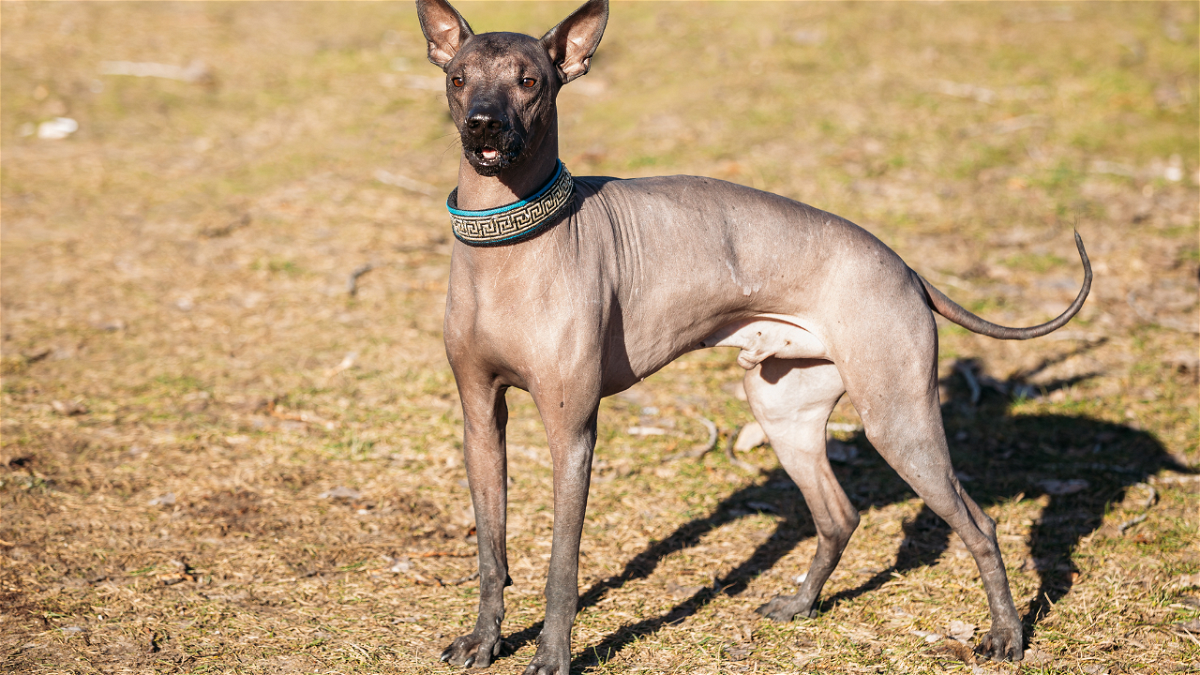
Hairless dogs have no coat, so that they can be an ideal choice for those struggling with allergies.
The lack of fur does not mean that these breeds need less care. This is because their skin is quite sensitive, as there is no “protective layer” that would protect them from the sun, wind, and cold weather.
A jacket may be needed in winter and sun protection in summer. The skin of these dogs dries quickly, so you need to get them the most gentle dog shampoo possible for them.
Some examples of hairless dogs:
- American Hairless Terrier
- Xoloitzcuintli
- Mexican Hairless
- Chinese Crested
- Jonangi
- Peruvian Inca Orchid
- Argentine Pila Dog
- Hairless Chihuahua
- Abyssinian Sand Terrier
- Hairless Khala
What are the differences between dog hair and fur?
In terms of chemical composition, there is technically no difference between dog fur and dog hair.
Both are made up of a compound called keratin, as are human hair or nails. The difference lies more in their feel, texture, and need for care.
In single coat dogs, people tend to say hair. These breeds have no undercoat layer, and their hair is generally smoother, finer, and grows longer. The latter is because the hair goes through a slower growth cycle, resulting in less shedding.
Dogs with fur are usually double-coated. This coat is generally shorter but much denser, as there is an undercoat in addition to the outer layer.
Does the coat help keep dogs warm?
Basically, dog fur is good for keeping you warm, just considering that people also wear a coat in the winter.
On the other hand, shorter-haired dogs find it difficult to withstand colder weather. For them, it is worth using a dog coat specially developed for this purpose.
You may want to find out if your dog can withstand the cold winter conditions. If not, don’t let him sleep outside in the coldest periods of the night.
The undercoat of double-coated dogs functions as insulation. So it can keep them warm in winter and cold in summer. For this reason, you shouldn’t even cut off the fur of your double coat dog, as this would inhibit this great function.
How to keep your dog’s coat healthy
If there is a problem with the health of your dog’s coat, you will see it immediately. The coat may be dull, dry, and brittle.
Poor coat health is usually the result of a lack of essential nutrients, such as omega fatty acids, zinc, and biotin.
A healthy diet is the key to maintaining a healthy coat. Make sure your dog is getting enough protein and fat, as well as vitamins and minerals.
If you are unsure whether your dog is getting all the nutrients he needs, talk to your veterinarian. He may recommend a supplement or a food specially designed for dogs with poor coat health.
Regular grooming is also important for maintaining a healthy coat. This will help remove dead hair and encourage new growth.
Be sure to use the right brush for your dog’s coat type. And be gentle! Brushing too hard can damage the coat and irritate the skin.
Finally, don’t forget to give your dog an occasional bath. This will help remove dirt and debris from the coat and keep it looking its best.
But be sure to use a gentle, dog-specific shampoo to avoid drying out the coat. And always rinse thoroughly to remove all traces of soap.
Final Words
From this guide, you could see that there is a big variety when it comes to types of dog fur.
Each type has its own special needs in terms of care and grooming, so be sure to do your research before you adopt a furry friend!
You should definitely know that whatever type of coat your dog has, regular grooming will be a must.
If you are unsure about these needs, visit your vet or a professional groomer.

